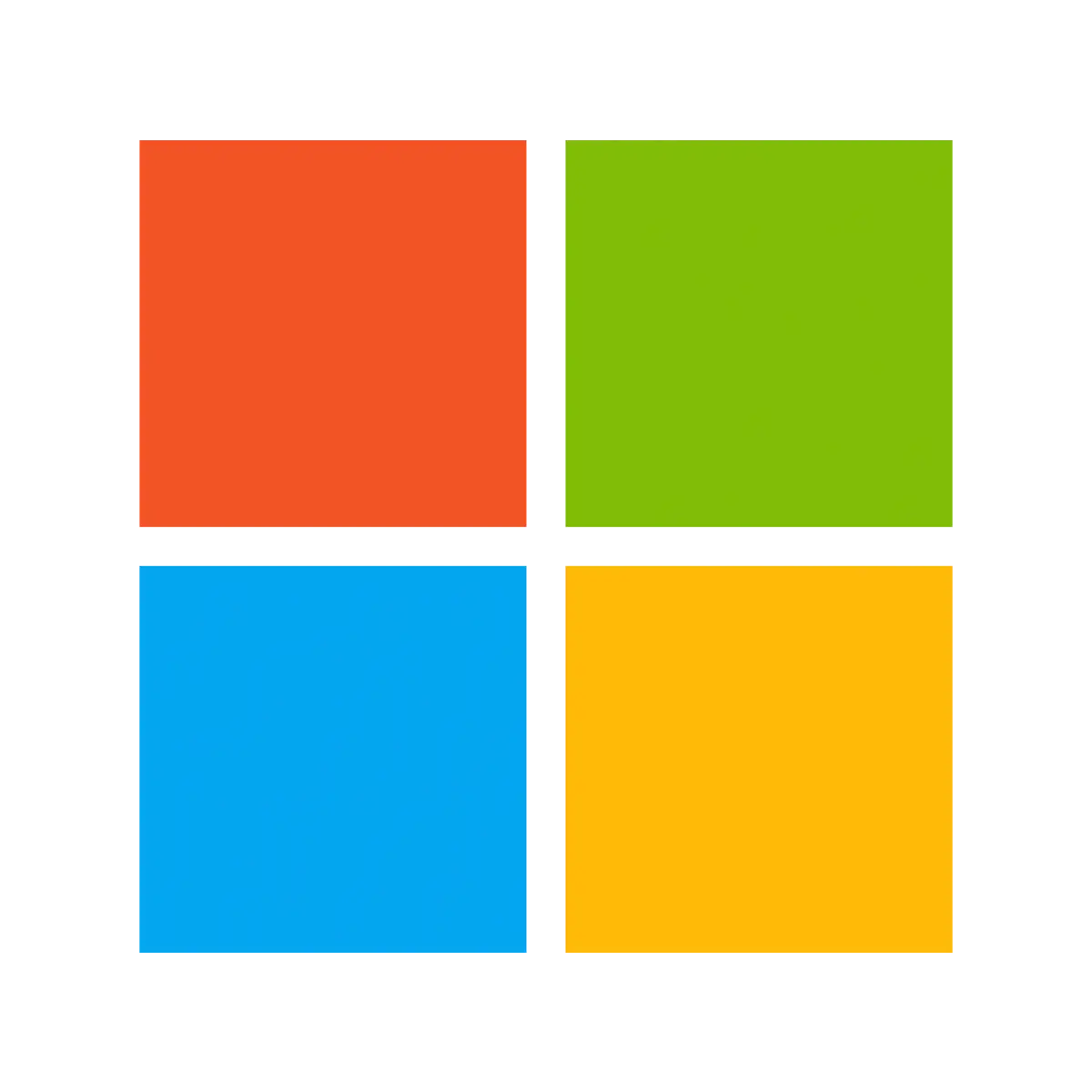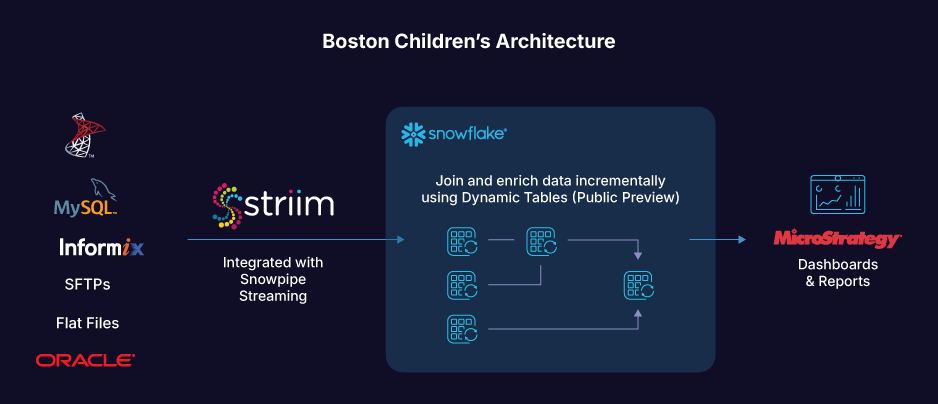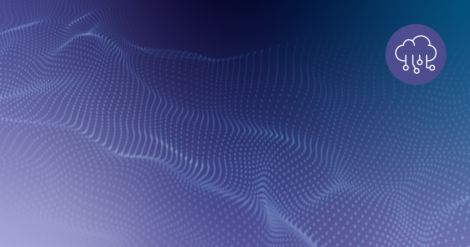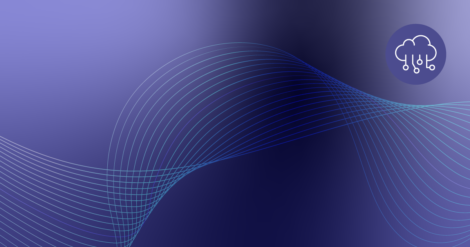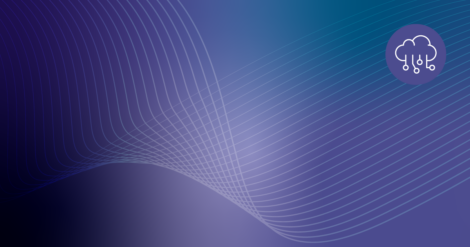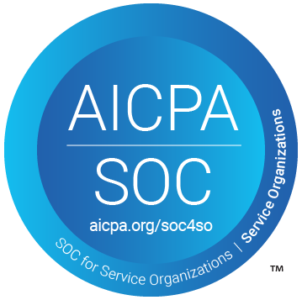On a Tuesday night, a nurse in the emergency department receives a real-time alert on her smartphone: the department will be overcrowded within 1.5 hours. This alert, powered by real-time healthcare analytics, projects bed occupancy and anticipated care needs, allowing the nurse to coordinate with transport, radiology, and lab teams to prepare for the surge.
Historically, data silos limited information access, but real-time analytics now makes healthcare processes more connected. By aggregating and analyzing data, these insights boost operational efficiency and enhance patient care. In this post, we’ll explore how leveraging real-time healthcare analytics ensures seamless patient care and a smoother workflow for your team.
Why Leverage Real-Time Healthcare Analytics?
There are several compelling reasons why real-time healthcare analytics is essential for healthcare institutions. These include:
To Analyze EHR Data and Improve Patient Care
An electronic health record (EHR) digitally stores patient information, such as medical history, prescriptions, lab results, and treatments. While EHRs collect and display data, they lack real-time analysis capabilities — a gap filled by real-time healthcare analytics.
With real-time analytics, medical professionals can instantly access insights and recommendations based on current EHR data. This system ingests relevant data points, like progress and nursing notes, identifies diagnostic patterns, detects minor condition changes, and prioritizes patients with deteriorating health, enabling swift and proactive care.
Leveraging real-time healthcare analytics is essential in early sepsis detection. According to the CDC, sepsis claims 350,000 adult lives annually in the U.S. Early detection is vital yet challenging due to symptom overlap with other conditions. However, real-time analytics combined with AI can improve sepsis detection rates by up to 32%, according to one report.
The Medical University of South Carolina (MUSC) uses this technology to monitor patient health continuously, drawing on EHR data and machine learning to classify signs of sepsis onset. This proactive approach enables timely intervention, potentially saving lives, due to real-time data.
To Encourage People to Take a Proactive Approach to their Health
Another popular use case of real-time analytics in healthcare includes smartwatches and fitness trackers. Devices from the likes of Apple, Samsung, Fitbit, and others have exploded in popularity in recent years, enabling people to monitor their own health and adopt healthier habits.
They help people walk more by tracking their daily step count via in-app challenges, calculate the calories they lose during workouts and sports activities, and monitor their daily caloric intake. These wearables collect data from their sensors and use real-time analytics to provide useful insights.
While these devices are far from replacements for a doctor visit, they might alert the user to potential health risks. If someone notices their heart rate is often too high/too low, they may be more likely to visit their physician to check in.
For instance, a 12-year-old girl was alerted by her Apple Watch that she had an unusually high heart rate, and promptly sought medical attention. She was taken to a healthcare facility where doctors found her suffering from a rare condition in children: a neuroendocrine tumor on her appendix.
To Manage the Spread of Disease
Real-time analytics in healthcare can also help healthcare institutions and doctors identify trends in regards to the spread of illness. For instance, in 2020 during the Covid-19 pandemic, healthcare institutions leveraged real-time analytics to identify the growing disease. Healthcare organizations used machine learning algorithms fueled by data to analyze trends from 50 countries with the highest rates of Covid-19 and predict what would happen in the next several days.
Healthcare providers also leveraged real-time analytics in healthcare to determine how fast the virus was spreading in real time and how it mutated under various conditions. For example, the EU launched a software in 2020, InferRead, that collected image data from a CT scanner to analyze whether lungs were damaged due to a COVID infection. This analysis was generated within a few seconds, allowing a doctor to study it and diagnose the patient quickly.
Real-time analytics can also help to manage resources in the case of an outbreak. In the US, the Kinetica Active Analytics Platform was used to create a real-time analytics program for aggregating and tracking data. The purpose of this program was to aid emergency responders by collecting information on test kit quantities, personal protective equipment (PPE) availability, and hospital capacity. This allowed decision-makers to determine whether they could redirect patients to a hospital with capacity or set up alternative triage centers. Similarly, these insights also helped to distribute PPE to the locations where it was needed most, especially when a shortage made access more difficult.
To Optimize Hospital Staff Allocation
Healthcare institutions often face the critical challenge of maintaining optimal staffing levels. Leveraging real-time healthcare analytics can transform how hospitals predict staffing needs by analyzing historical data and identifying patterns in staffing operations. By continuously examining how nurses and other staff operated under varying circumstances, real-time analytics generates recommendations for each hour, considering potential unforeseen scenarios. This ensures that patients receive an appropriate level of care, minimizing resource gaps and elevating the standard of patient care.
Intel’s recent paper highlights how real-time healthcare analytics enables four hospitals to use data from diverse sources to forecast admissions accurately. By applying time series analysis — a statistical technique designed to identify patterns within admission records — these hospitals can predict patient arrivals hour by hour, optimizing preparation and resource allocation.
Additionally, data insights from real-time analytics empower healthcare institutions to enhance job satisfaction and reduce turnover. By identifying the percentage of experienced staff open to emergency shifts or overtime with incentives, healthcare providers can better manage workloads and redistribute tasks to prevent burnout.
Improve Patient Care and Operational Efficiency with Striim
For healthcare organizations aiming to optimize real-time healthcare analytics, Striim 5.0 offers a robust, secure solution. The platform not only ingests and analyzes high volumes of data in real-time but also introduces AI agents Sentinel and Sherlock to protect sensitive patient information. This feature automates authentication and connection processes, reducing overhead, enhancing data security, and ensuring compliance by masking personally identifiable information.
Discovery Health achieved a remarkable transformation with Striim, slashing data processing times from 24 hours to seconds. By replacing daily ETL processes with Striim’s Change Data Capture (CDC) technology, the organization seamlessly integrated disparate systems, eliminating delays and enabling faster, more responsive decisions. This innovation improved efficiency, reduced costs, and fostered personalized engagement by leveraging predictive analytics to encourage healthier member choices.
Backed by Oracle, Striim delivered unmatched reliability and scalability, utilizing advanced logical database replication expertise. The platform’s real-time insights empowered Discovery Health to promote wellness, enhance health outcomes, and streamline workflows. Through ongoing optimization, Discovery Health revolutionized its data infrastructure, driving informed decision-making and elevating customer experiences on a global scale.
Another healthcare organization that leverages Striim is Boston Children’s Hospital. In addition to enhancing patient outcomes, improving operational efficiency is critical to success in healthcare organizations. By consolidating data from multiple systems, including patient, billing, scheduling, clinical, and financial information, hospitals can streamline their operations and make faster, data-driven decisions.
Striim’s platform enables near real-time and batch-style processing of data from diverse sources like MS SQL Server, Google BigQuery, and Oracle, all feeding into a centralized Snowflake data warehouse. This seamless integration reduces the need for various scripts and disparate source systems, providing a single, cohesive view of the data pipelines. The hospital has not only saved time and money on support resources but has also significantly reduced the time it takes to deliver actionable insights to business users, a crucial factor in the fast-paced healthcare industry.
Ready to see for yourself how Striim can streamline operations and improve patient outcomes? Get started with a demo today.






